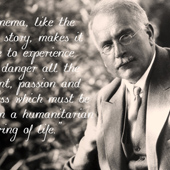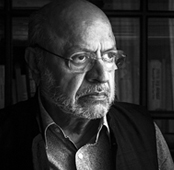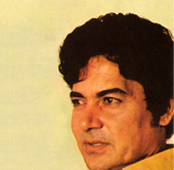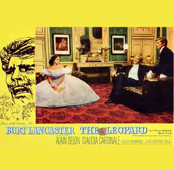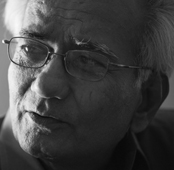-
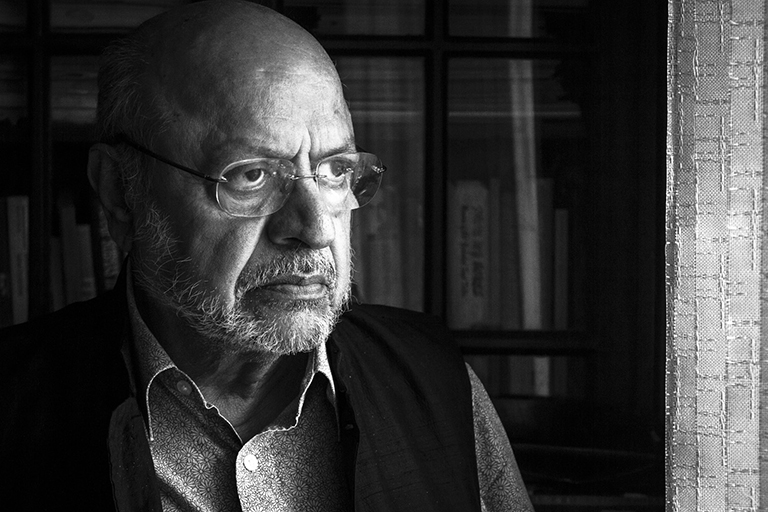 Shyam Benegal | © TBIP (Shantenu Tilwankar)
Shyam Benegal | © TBIP (Shantenu Tilwankar)
As we lead up to the centenary of Indian Cinema we ask those who’ve journeyed with it to name one significant turning point in its path.
“One turning point in Indian cinema was when Satyajit Ray made his debut in the 1950s. With a few exceptions the only kind of cinema prior to this was one that had adapted its form from the urban theatrical tradition. This clearly did not make use of the full potential of cinema and could not present life in the way that cinema was capable of presenting it. After Bengal, this new form of cinema, which took directly from life, found practitioners in Kerala and later in Karnataka and Orissa.
Finally, at the beginning of the 1970s, this new kind of cinema found favour among young filmmakers in Mumbai who were making films in Hindi. This whole process got considerable encouragement from State created institutions like the Film and Television Institute of India and the Film Finance Corporation. For instance, Uski Roti, made by Mani Kaul, was radically different from any Indian film made before that time. Soon other films followed, like M S Sathyu’s Garam Hawa.
Also, in 1971, the number of American films being imported into the country was reduced by the Indira Gandhi led Government, thereby creating space for this kind of cinema in a number of cinema screens in urban metros. This also led to several private producers funding this alternate kind of cinema. Several of my own films in the seventies and eighties were funded by such producers.”
—Shyam Benegal, 78, is one of India’s most acclaimed filmmakers. His early films Ankur, Nishant, Manthan, Bhumika and Mandi, played a key role in the pathbreaking new cinema movement that emerged in the sixties. Later Benegal went on to create classics like Junoon, Kalyug, Suraj Ka Satvan Ghoda, Sardari Begum and The Making of the Mahatma. He has also written, directed and produced the 53 episode historical drama Bharat Ek Khoj. His last film was a political satire, released in 2009, called Well Done Abba. He is based out of Mumbai.
Turning Point
AperitifMarch 2013




